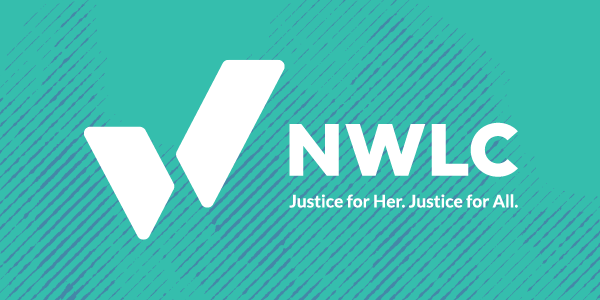Abortion rights, women of color, and LGBTQIA+ people are under attack. Pledge to join us in fighting for gender justice.
Child Care Industry Left Short By Phase III Stimulus
(Washington, D.C.) In a stimulus package totaling over $2 trillion, Congress provided just $3.5 billion in dedicated funding for child care and additional loans and grants for small businesses that will benefit child care providers. While this is a critical first step to helping providers now, it is still far short of the $50 billion needed to keep the country’s child care system afloat.
Catherine White, Director of Child Care and Early Learning for NWLC expressed the urgent need for Congress to take further action:
“Our nation’s child care system is the backbone of our entire economy—but you wouldn’t know that judging by Congress’ relative inaction to sustain providers and workers. Facing mass school closings and a dire economic future, families across the country are recognizing the true value of a workforce paid subsistence incomes and denied basic benefits like health insurance and paid leave. The essential services provided by this workforce demand critical action by lawmakers to ensure we even have a child care system during and after this crisis.”
Future stimulus efforts must provide additional funding to cover the emerging needs of the child care sector including:
- Providing training and medical support for child care providers on health and safety practices in response to COVID-19.
- Paying providers to cover ongoing operating costs so that their financial security—and the financial security of families, communities, and the educators they employ—is not threatened during this crisis and beyond. This must include centers as well as home-based providers such as family child care homes and family, friend, and neighbor (FFN) caregivers.
- Eliminating copayments or tuition for families during this public health and economic crisis while ensuring that providers are still paid the full amount for every enrolled slot.
- Finding and paying substitute educators where needed and available.
- Providing hazard pay for educators, recognizing the role they are playing as frontline workers in this public health crisis.
- Purchasing materials for providers that cannot afford or find supplies.
The $3.5 billion within the Phase III package is to be distributed through the Child Care Development Block Grant program, a federal assistance fund distributed to states to provide for child care for low-income families. But due to decades of underinvestment, only 15% of qualifying families access this key resource and millions more do not qualify for this program. Given the scope and depth of this crisis, the amount allotted in the Phase III package is still far short of the needs of providers, workers, and families.




